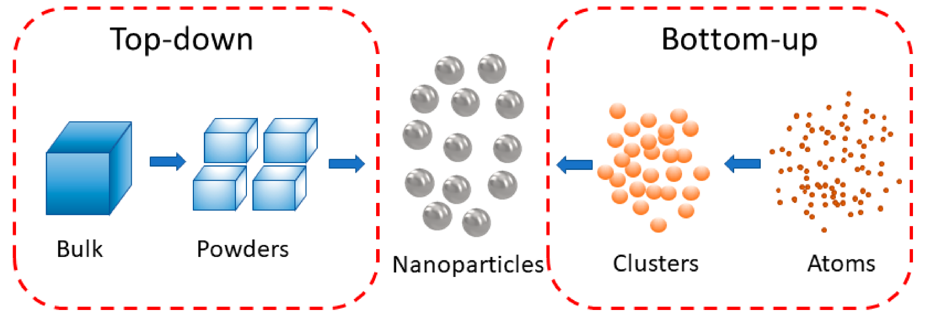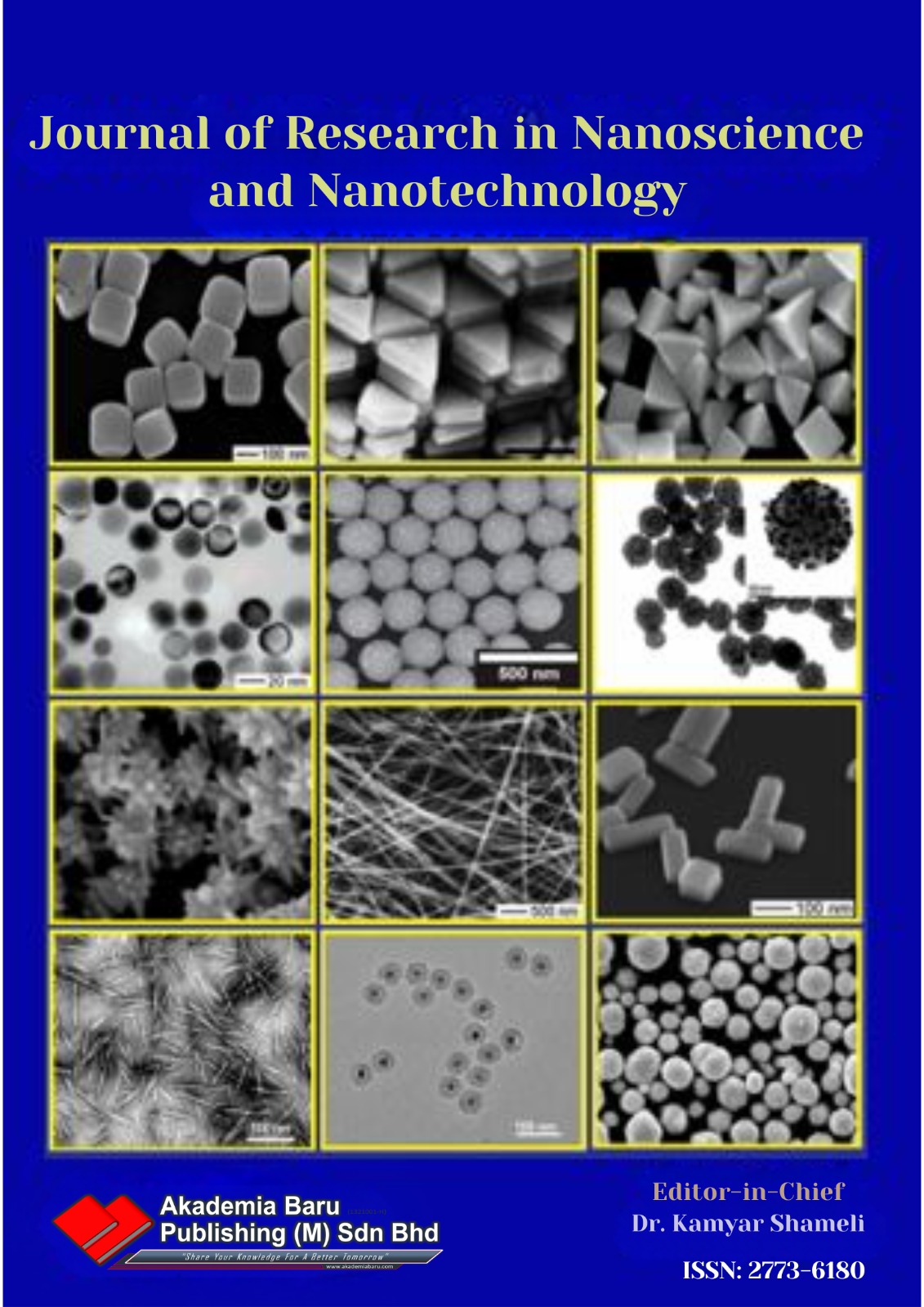Advances in Synthesis Techniques and Environmental Applications of TiO2 Nanoparticles for Wastewater Treatment: A Review
DOI:
https://doi.org/10.37934/jrnn.12.1.124Keywords:
TiO2 nanoparticles, environmental pollution, photocatalysis, wastewater treatmentAbstract
Worldwide, humanity has long grappled with the ongoing issue of environmental pollution, especially concerning water contamination. Contaminated water contains a range of pollutants, such as heavy metals, organic dyes, and pharmaceuticals, all of which pose harmful effects on both animals and humans due to their toxicity. As clean water sources continue to dwindle, there is an increasing demand for efWorldwide, humanity has long grappled with the ongoing issue of environmental pollution, especially concerning water contamination. Contaminated water contains a range of pollutants, such as heavy metals, organic dyes, and pharmaceuticals, all of which pose harmful effects on both animals and humans due to their toxicity. As clean water sources continue to dwindle, there is an increasing demand for effective treatment methods for polluted water. In response to this pressing need, nanotechnology has emerged as a promising avenue and attracted significant global attention due to its multifaceted applications. Titanium dioxide nanoparticles (TiO2-NPs) are commonly used in daily life and can be synthesized through a variety of physical, chemical, and environmentally friendly methods. Notably, TiO2-NPs stand out for their high surface area-to-volume ratio and their ability to catalyse the degradation of pollutants through photocatalysis. In light of these advancements, this review explores recent progress in TiO2-NPs synthesis and their environmental applications in wastewater treatment.fective treatment methods for polluted water. In response to this pressing need, nanotechnology has emerged as a promising avenue and attracted significant global attention due to its multifaceted applications. Titanium dioxide nanoparticles (TiO2-NPs) are commonly used in daily life and can be synthesized through a variety of physical, chemical, and environmentally friendly methods. Notably, TiO2-NPs stand out for their high surface area-to-volume ratio and their ability to catalyse the degradation of pollutants through photocatalysis. In light of these advancements, this review explores recent progress in TiO2-NPs synthesis and their environmental applications in wastewater treatment.
Downloads















